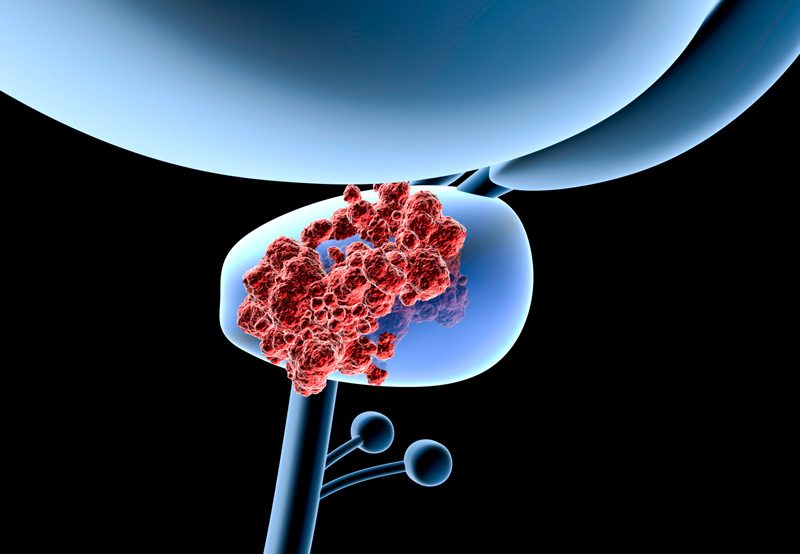

Prostate cancer diagnosis and treatment may involve active surveillance, MRI fusion biopsy, transperineal prostate biopsy, or cryotherapy of the prostate.
Active Surveillance
Patients diagnosed with prostate cancer may be recommended for active surveillance. Routine testing will be done to determine how fast the cancer is growing and whether or not it has spread. Patients with low-risk prostate cancer may only need periodic observation and testing.

MRI Fusion Biopsy
The MRI fusion biopsy is so called because the technique “fuses” together results from an MRI scan and ultrasound to accurately biopsy the suspected areas using ultrasound-guided biopsy. The first step in the procedure is to obtain an MRI of the prostate to identify suspected areas of the prostate that may have a malignancy. An IV contrast dye is used to identify the lesions on the prostate more accurately. A Radiologist who specializes MRI prostate studies reviews the images and mark any suspicious lesions. If the MRI doesn’t identify any “targets”, a fusion biopsy may not be necessary.
An MRI fusion biopsy was created to more accurately diagnose prostate cancer in the hope to ultimately reduce some of the unnecessary biopsies done. Prostate MRIs appears to be helpful in patients who are on active surveillance and ultimately may reduce the need for repeat biopsies, and provide critical diagnostic information.
Transperineal Prostate Biopsy
The transperineal prostate biopsy involves inserting an ultrasound probe through the perineum to retrieve a sample of prostate tissue. The physician may rely on imaging to help guide the needle.
The procedure is performed under local anesthetic. The physician will inject the anesthetic into the perineum to numb the treatment area. He or she will then insert an ultrasound probe into the back passage to visualize the prostate gland and guide the insertion of the biopsy needle into the prostate.
The MRI scan will help the physician determine the best location to insert a biopsy needle. The physician may take 30 to 50 samples during one biopsy.
Patients who were put under general anesthesia for the biopsy will need to stay for a few hours in the hospital while the anesthesia wears off.
They will be free to go home after they’ve had something to eat and drink and have been able to urinate as usual. For the next 24 hours, patients will be advised to drink lots of fluids to help flush out the blood and reduce the risk of infection.
Patients must plan to have a designated driver take them home after the procedure if the biopsy is performed under general anesthesia.
Cryotherapy of the Prostate
Cryotherapy, or cryoablation, is a procedure that involves the use of cold temperatures to freeze and kill cancerous cells. This procedure is commonly used to treat patients diagnosed with prostate cancer.
Cryoablation is done using a small probe or needle, which is inserted into the prostate. The physician will use minimally invasive techniques, such as making smaller incisions, to access the prostate gland.
The prostate gland is typically reached with an incision between the scrotum and anus. Depending on the specific treatment area, a catheter may be used to administer a warm saline solution to protect nearby tissues from extremely cold temperatures.
The physician will use an ultrasound to provide visual guidance during the procedure. The affected area will be treated with argon gas, liquid nitrogen, or a similar freezing liquid. The inserted probe will be used to deliver the freezing liquid. The freezing cold liquid effectively destroys cancerous tissues.

